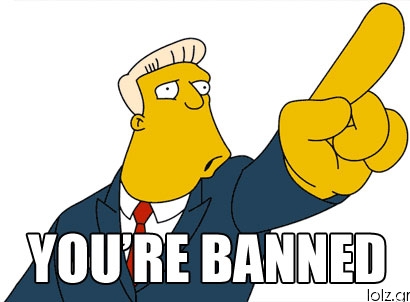Morgan Stanley Fallout Continues

The never-ending saga of Morgan Stanley's handling of email data in the Palm Beach suit brought by Ronald Perelman continues, in this excellent DBR story today:
The nation’s second-largest securities firm falsely claimed it lost the e-mail records when its servers were destroyed in the 2001 terrorist attack in New York City.Boy, the list of lawyers involved in this debacle continues to grow, from crusading Searcy Denney litigator Jack Scarola, to Kirkland lawyer Larry Bemis, to Carlton Fields attorney Joe Ianno. This law.com article from last year provides much of the ugly background.
A high-profile Palm Beach Circuit fraud case brought by billionaire financier Ronald O. Perelman against Morgan Stanley uncovered the existence of backup e-mail files.
In the regulatory case, Morgan Stanley agreed to pay $12.5 million for the violation, including $9.5 million for a claimants’ fund and $3 million in FINRA penalties.
But that won’t be the last money the financial services giant will shell out for its indiscretion if plaintiff attorneys can help it.
Investors who claim bad advice from Morgan Stanley caused them to lose hundreds of thousands of dollars couldn’t prove their cases in arbitration without incriminating e-mails, attorneys say. They contend settlement payouts of $3,000 to $5,000 per claim doesn’t come close to making their clients whole again.
Attorneys intend to file new cases on behalf of claimants for spoliation of evidence and are gunning for punitive damages.
Attorneys for investors are banking on a line in a letter of acceptance, waiver and consent (AWC) in the FINRA settlement signed by Morgan Stanley stating it can’t take any action “denying directly or indirectly any finding in this AWC or create the impression that the AWC is without factual basis.”
Coral Springs attorney Darren Blum said all he has to do to prove his upcoming cases is walk into an arbitration panel waving the consent settlement, even though Morgan Stanley neither admitted nor denied the facts set out in it.
“You didn’t have a fair shot at a hearing because the documents that would have helped your case that [Morgan Stanley] told you were destroyed in 9/11 were either sitting in a warehouse in Brooklyn that [it] knew about and didn’t want to tell you, or 25 percent of those e-mails were written over so they were gone forever,” said Blum, of Blum & Silver.
Blum uses the eye-catching Internet address SueMorganStanley.com to direct visitors to his law firm’s Web site. He said his firm has already spoken to close to 100 clients and expects to file hundreds of lawsuits by year’s end.
Meanwhile, here's Tew Cardenas litigator Lawrence Kellogg on the lost emails:
I don't know about this. You can certainly go back and ask for an inference if a certain percentage of the emails were lost. That's the essence of a spoliation claim, in addition to damages and/or sanctions depending on the circumstances for why the emails were lost. Whether Darren has overstated this value of the claims or not, it's certainly a problem for Morgan Stanley and one that needs to be litigated.
But defense attorneys insist plaintiffs must pursue the e-mail record if they want to receive more money on these claims.
“Not all e-mails hurt a defense case. Many e-mails help it,” said Miami securities defense attorney Lawrence Kellogg. “Just because e-mails were missing doesn’t follow that they were harmful to Morgan Stanley.”
To him, the more disturbing part of the settlement was Morgan Stanley’s failure to update its supervisory manuals. That combined with the “lost” e-mails and discovery violations in the Perelman case could be problematic.
Pick the best test case and go for it.


Yorumlar
Yorum Gönder